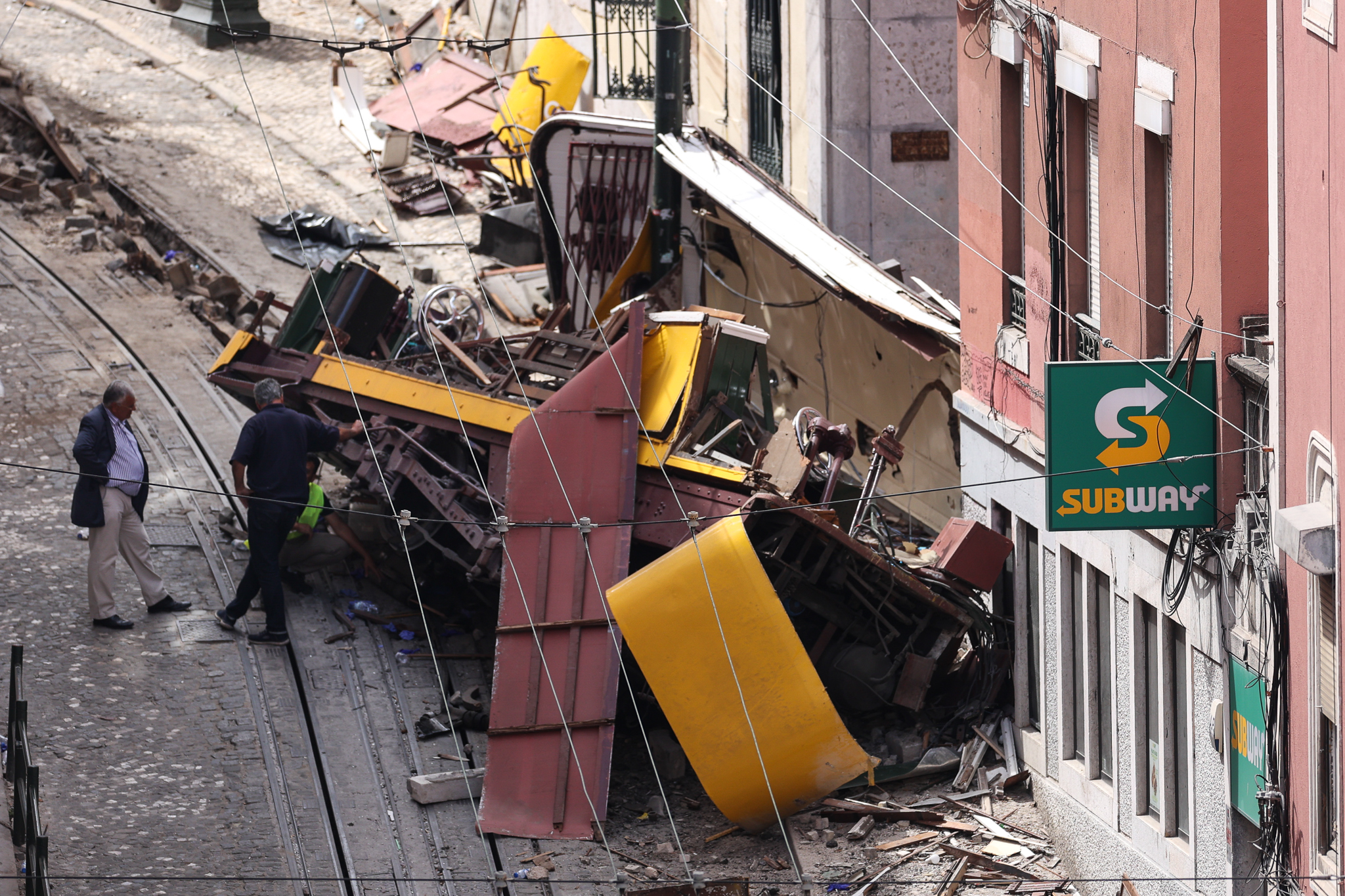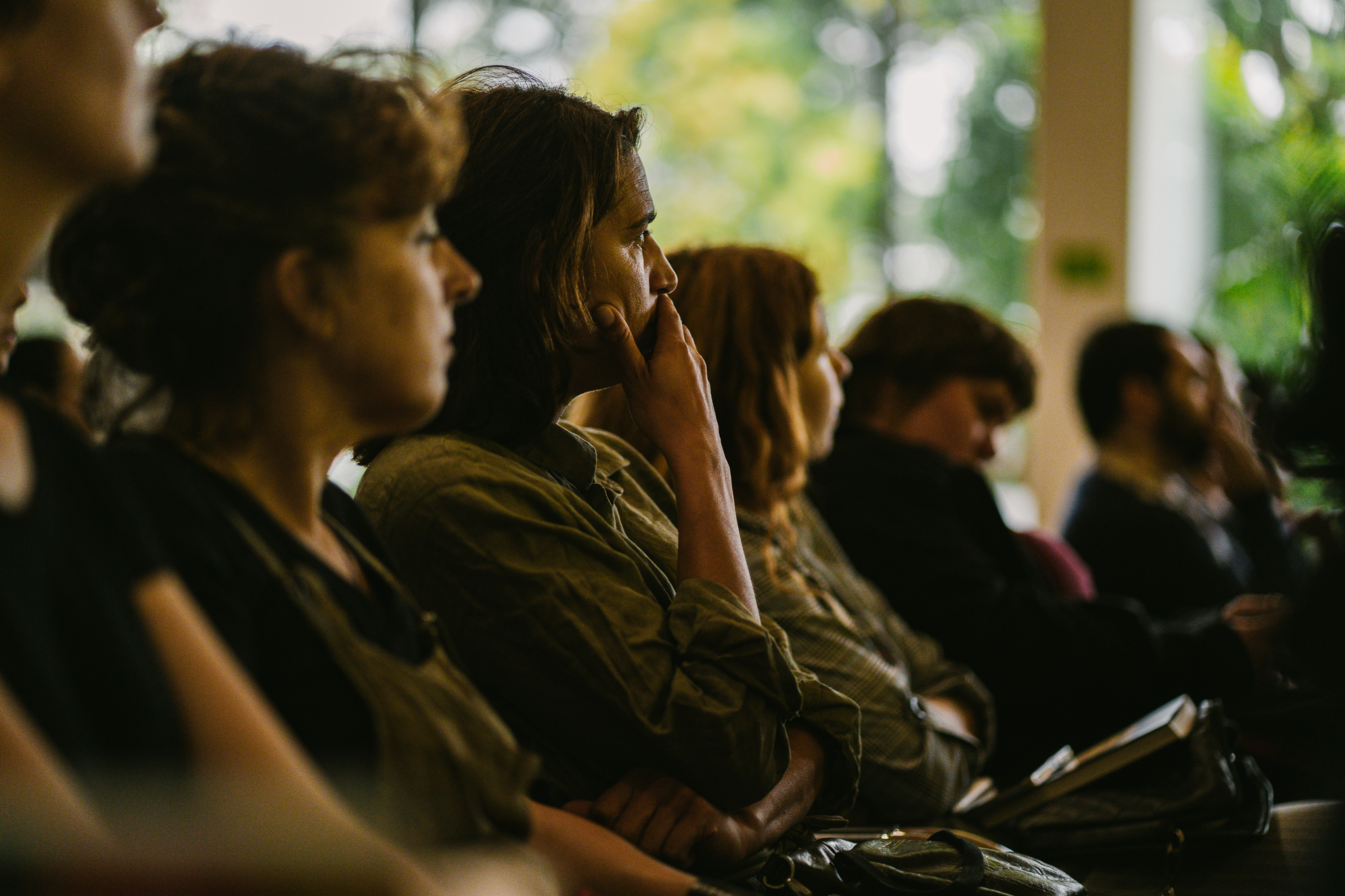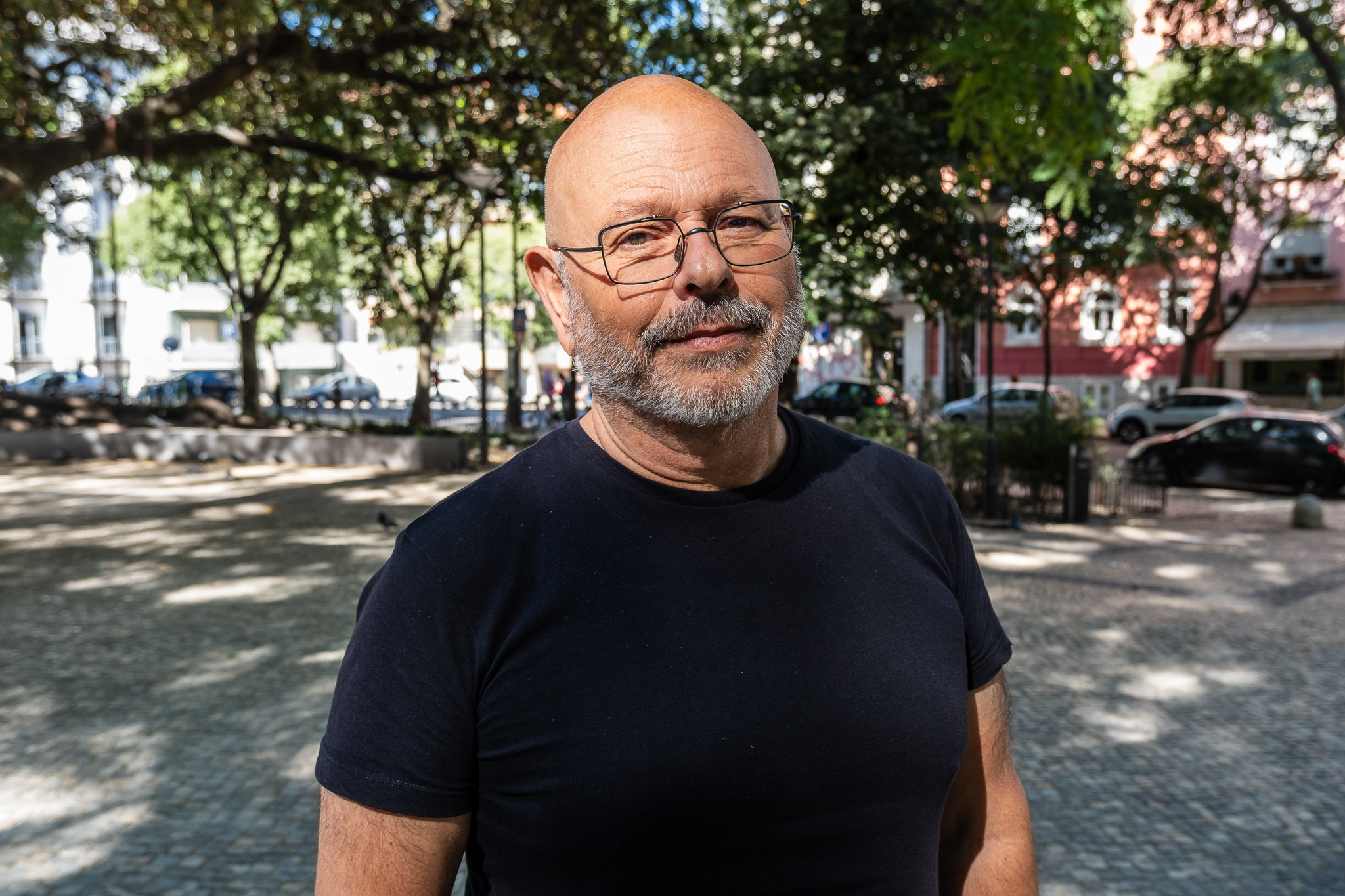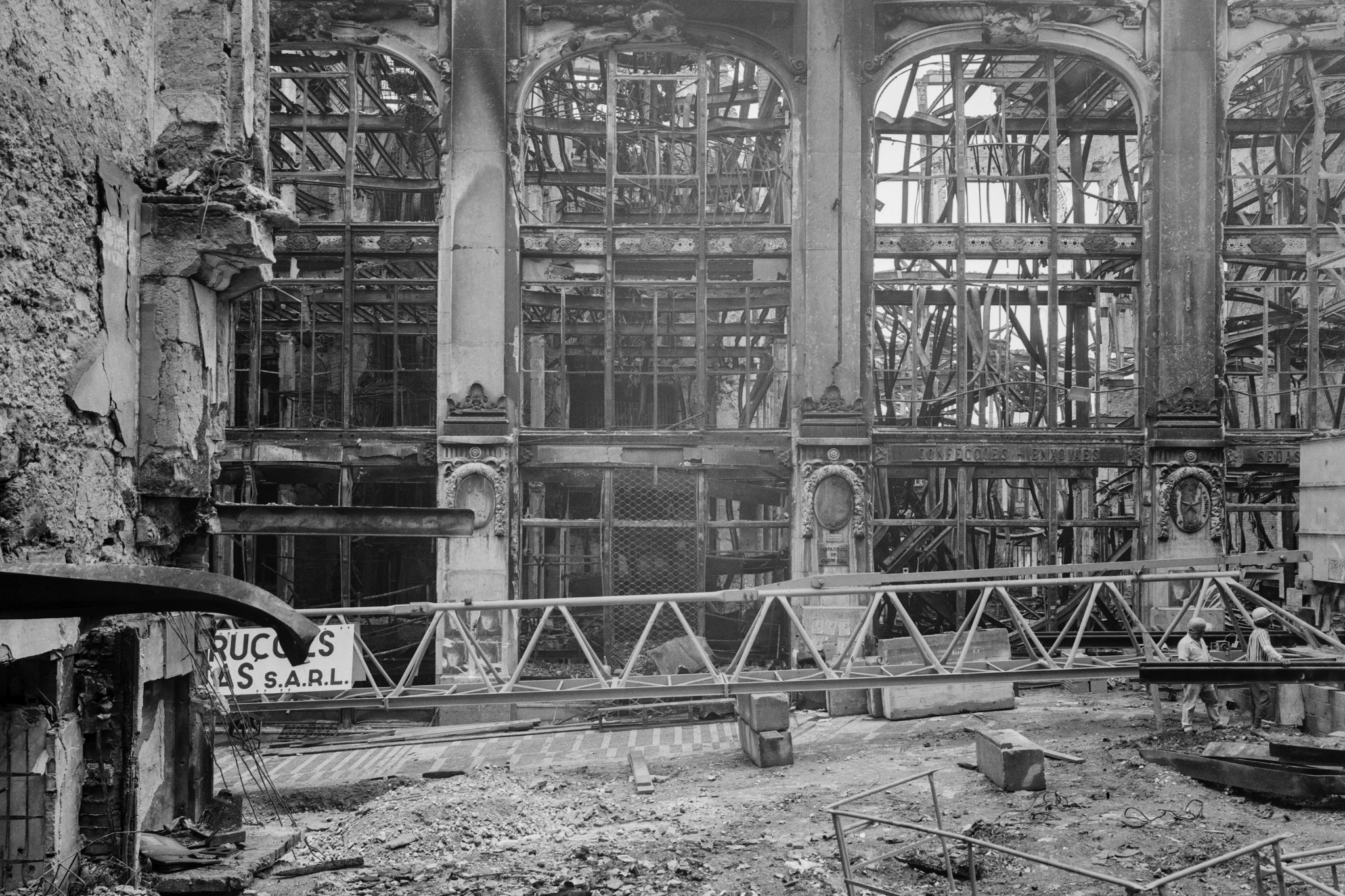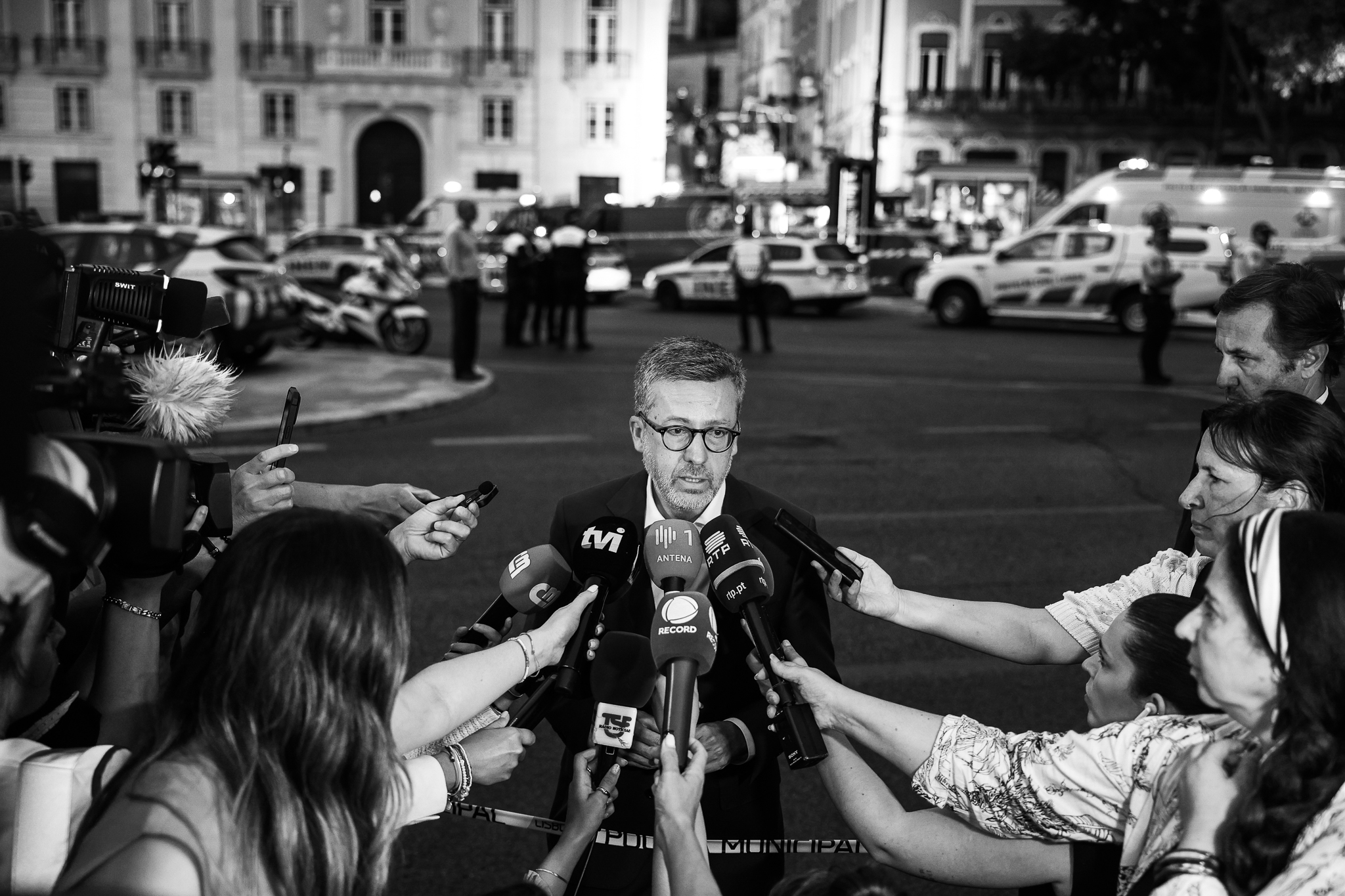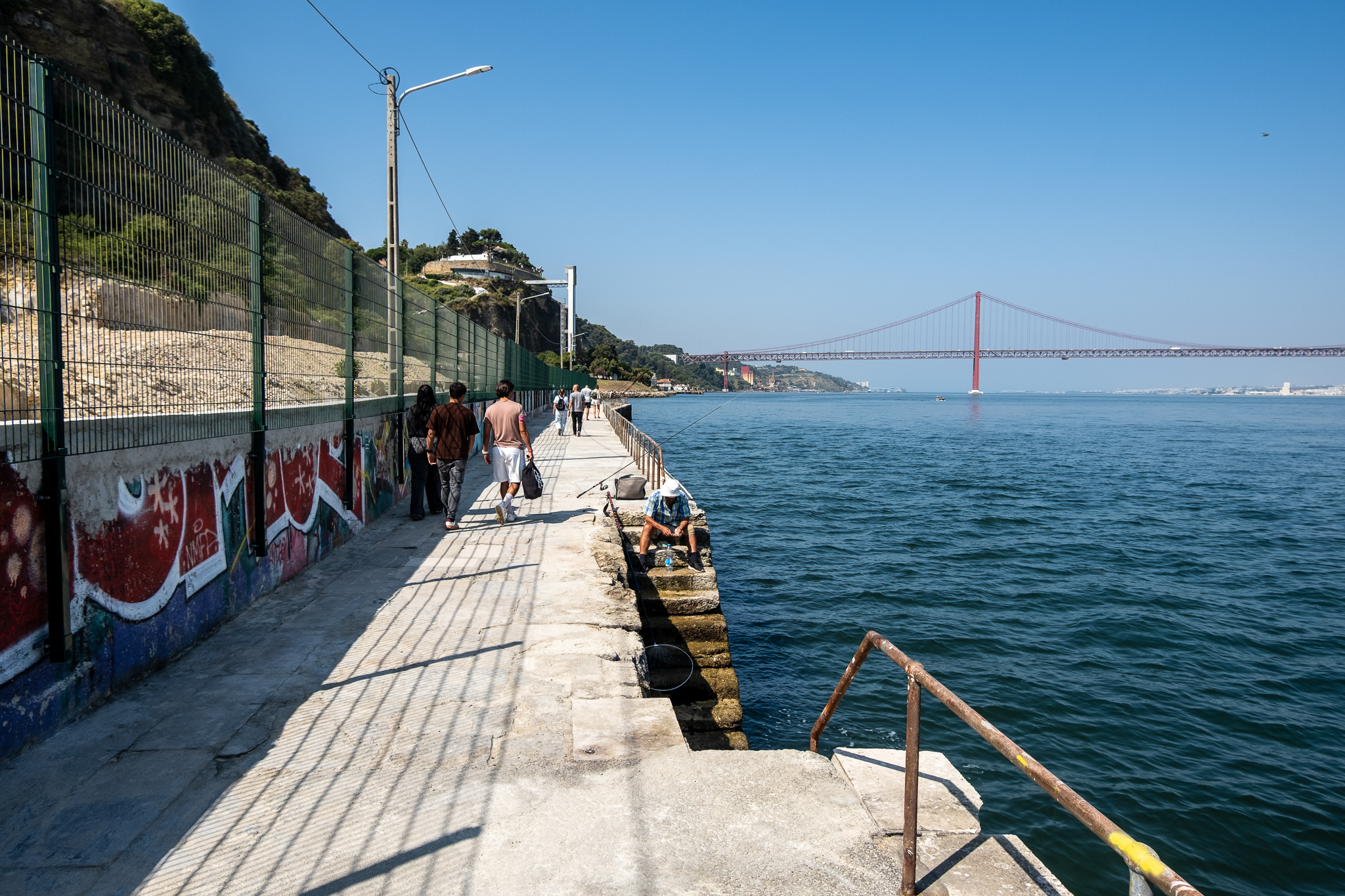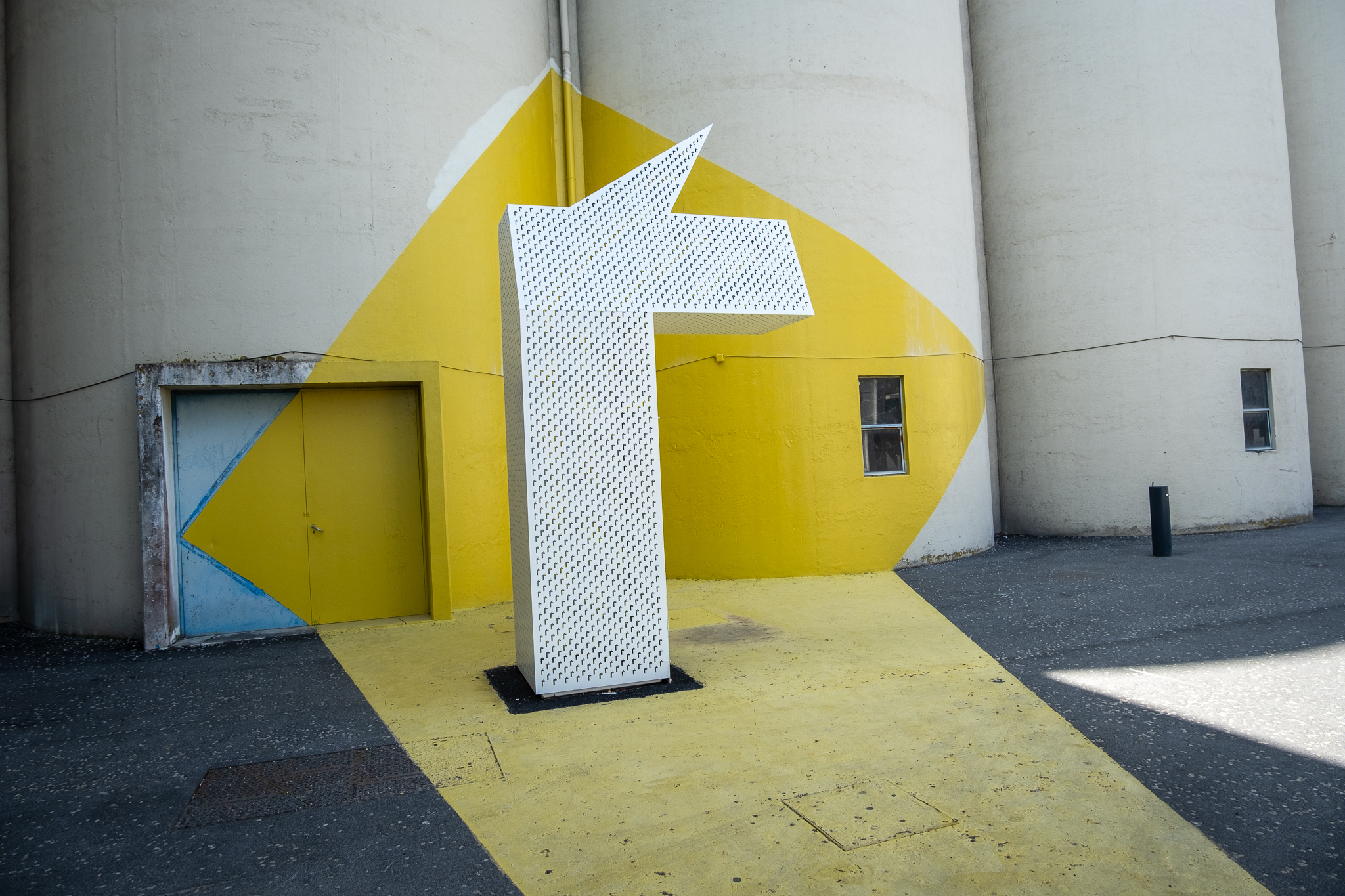Chronicle.
Volunteering on a project like this is a fantastic way to give back to the environment and help mitigate the impacts of deforestation, which has also taken place (and is taking place) in an urban context.

Ever since I was a little boy, my mother and grandmother used to tinker with the earth.
Pulling weeds, sowing and transplanting flowers and vegetables, preserving the natural environment around my house... All of this was instilled in me early on. Having moved to LumiarFor an apartment between Parque Oeste and Quinta das Conchas, I still managed to live in an urban environment but with lots of green space around me, reminding me of my home in Samoucoin Alcochete.
I know that many people in Lisbon are not as lucky to have these spaces of well-being, leisure and fresh air near them as they should be. Although Areeiro has one of the best Green Corridors in the city right next door, when I heard about an initiative to create in this Corridor, more specifically in the Casal Vistoso Urban Park, a mini-forestI immediately wanted to participate as a volunteer and help both in land preparation and planting.
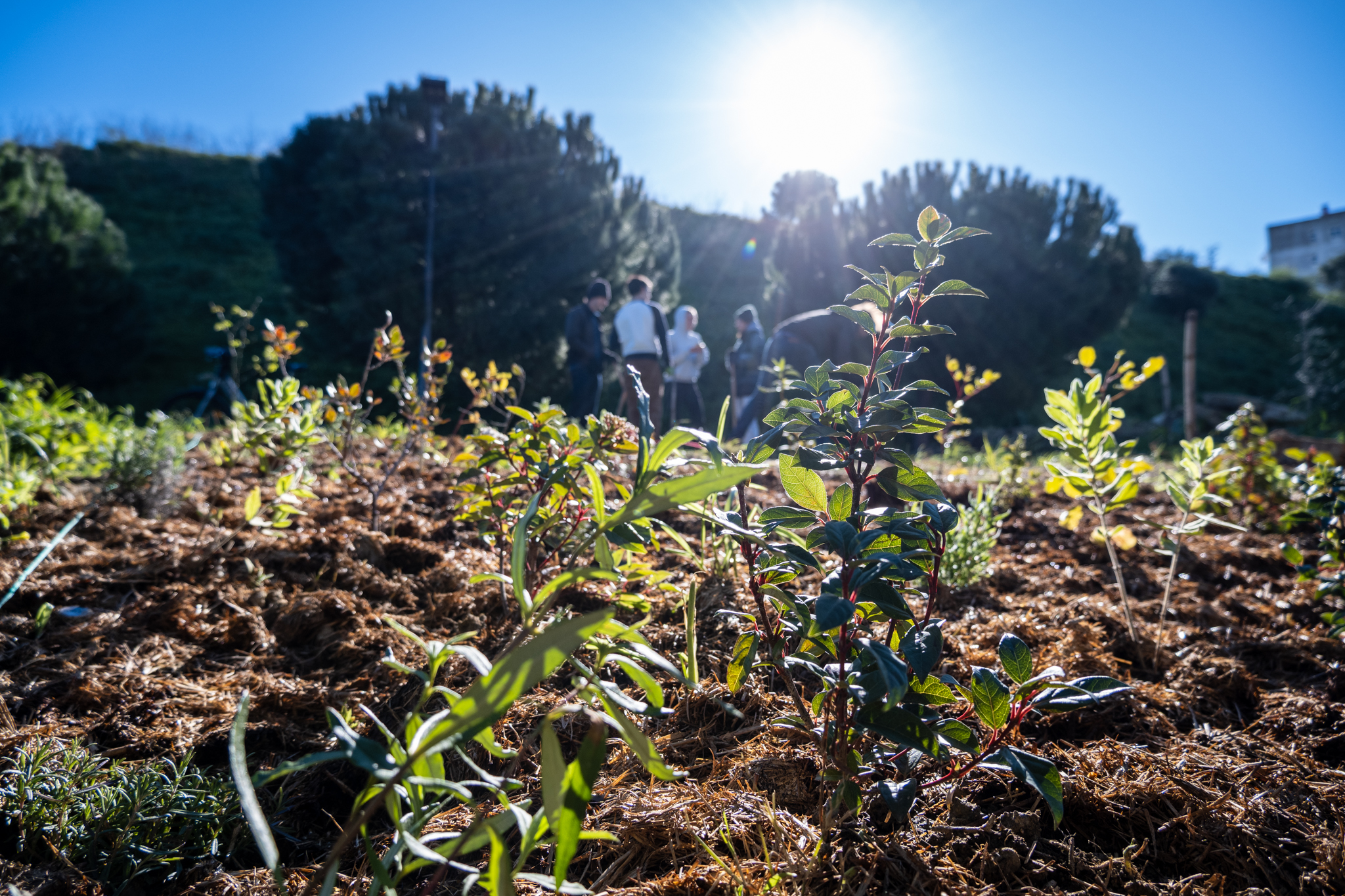
Volunteering on a project like this is a fantastic way to give back to the environment and help mitigate the impacts of deforestation, which has also taken place (and is taking place) in an urban context. Loss of vegetation cover in cities is a major contributor to so-called "heat islands" and results in loss of valuable wildlife habitat, soil erosion, and release of carbon to the atmosphere. Projects like this one, by Urbem, aim to plant new trees in unused areas, restore degraded land, and also protect the trees already there. As the new species grow and become established, they will absorb carbon dioxide from the atmosphere, reducing the amount of greenhouse gases in the air, helping to mitigate the impacts of climate change, and producing shade and moisture that helps lower local temperatures.
When we arrived at the site on one of the planting mornings, we were immediately welcomed by Antonio and Sasy, who quickly gave us a summary of the long-term goals of the project, the first mini-forest created next door in the Mountain Valley, and the tasks they had for us that day. After a much needed warm-up and stretching to avoid injuries and cramps, it was up to us to prepare the grounds. Divided into groups and using string and stakes, we created a demarcation of the plots where the plantations would be and where the future paths would be. Soon after, we removed a top layer of soil to remove the bulk of the weeds. Under Antonio's careful guidance we began to dig the holes where the trees and shrubs would be planted. It was explained to us that the Miyawaki method involves planting the species in a very dense pattern so that they compete for sunlight and force each other to grow faster, even if not all of them survive in the end.

Once the plants that were going to be in each plot of land were defined, we began the actual planting, taking care to space out the trees further and then place the shrubs and ground vegetation around them. We had small trees from nurseries in the city available, such as olive, oak, hawthorn, juniper and arbutus trees, which were surrounded by rosemary, lavender, oregano, rue and sage. Care was taken to create a biodiverse environment, with plants native to Lisbon, species native to Portugal and adapted to the temperate Mediterranean climate.
After planting, a new step: protecting the planted land. The use of mulch has several objectives: maintaining moisture (as it prevents rapid evaporative-transpiration of the soil and plants), protecting against erosion, and introducing nutrients such as nitrogen into the soil as that mulch decomposes. Not only the grass and weeds cut previously were used, but also straw with coffee grounds donated by Nãm-Mushroomsan entity that collects used coffee grounds from Delta and by adding straw and other compounds creates mushrooms that are then used for food.
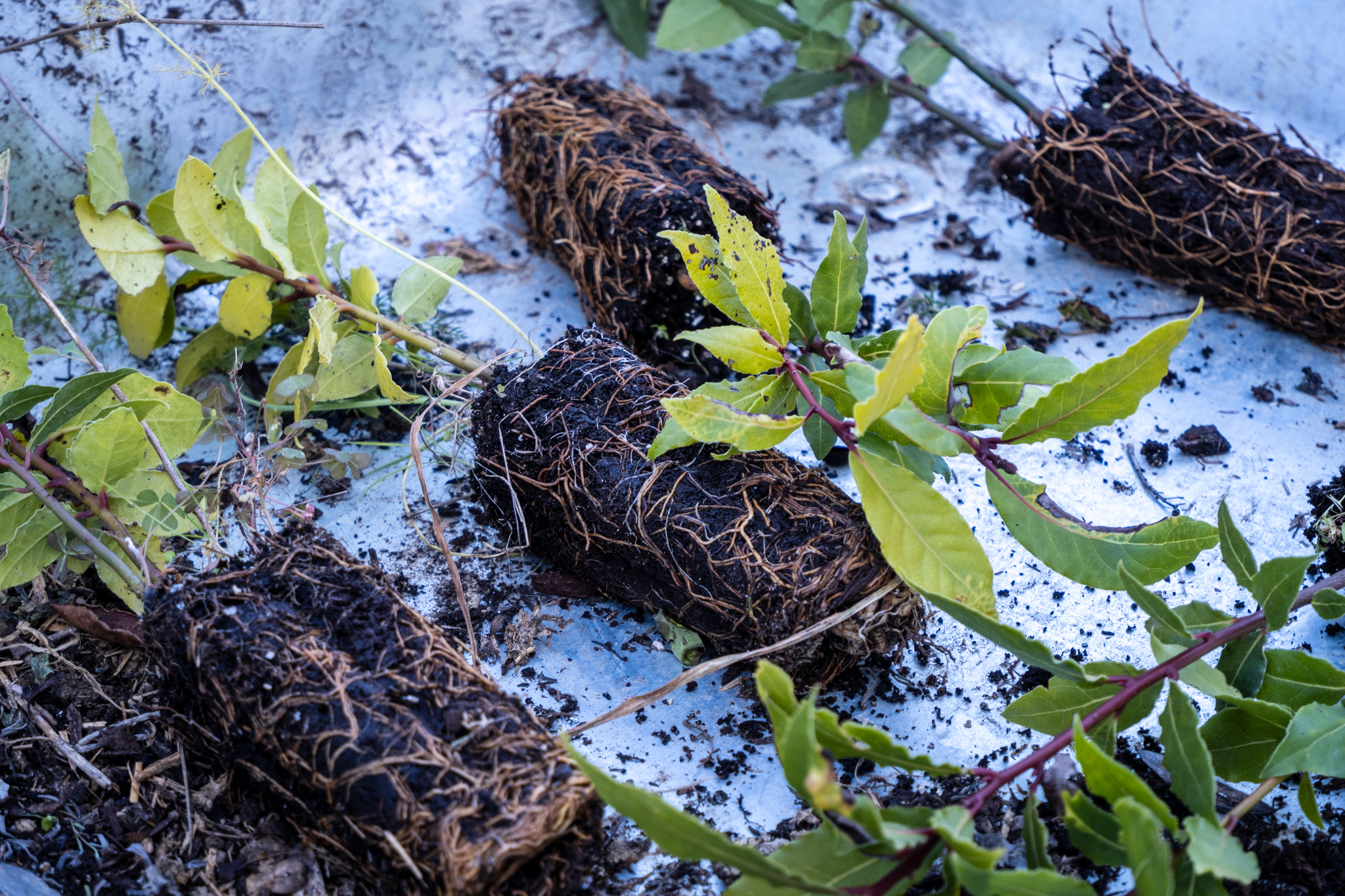
This project of creating urban mini-forests serves not only for the restoration of the environment, but also as a means of research and development on the method and methodologies used. Depending on the plot, several variables will be studied in order to gauge the best conditions for plant growth: whether it is good to put compost or not; whether it is better to use straw as mulch with coffee grounds, with cut grass, or with a mixture of the two; whether it is good to cover the ground with cardboard in order to prevent the growth of weeds, etc. The goal is that the data will be made available to those who need it, and that the best methods can then be reproduced.
Plantations done and "covered", we proceeded to create semi-permanent lakes using plastic sheeting to prevent runoff water from seeping into the ground (which would come down the hill) and to create wetlands that will not only serve the wildlife that will settle there, but also increase the humidity of the area, lessening the impact of weather droughts. The idea is not to fill the lakes artificially, using only rainfall.
One of the most spectacular aspects of the entire morning with Urbem was the people passing by on the footpath and bike path that surrounded the land. Interested, they stopped to look, take pictures; the more curious ones came up to us and asked what we were doing, if it was a vegetable garden, if it was a park, if it was something else... Some were neighbors from the neighborhood, others from further away but who went there for a walk because it was a green area, but several showed interest in participating, promising to join in on future sessions.
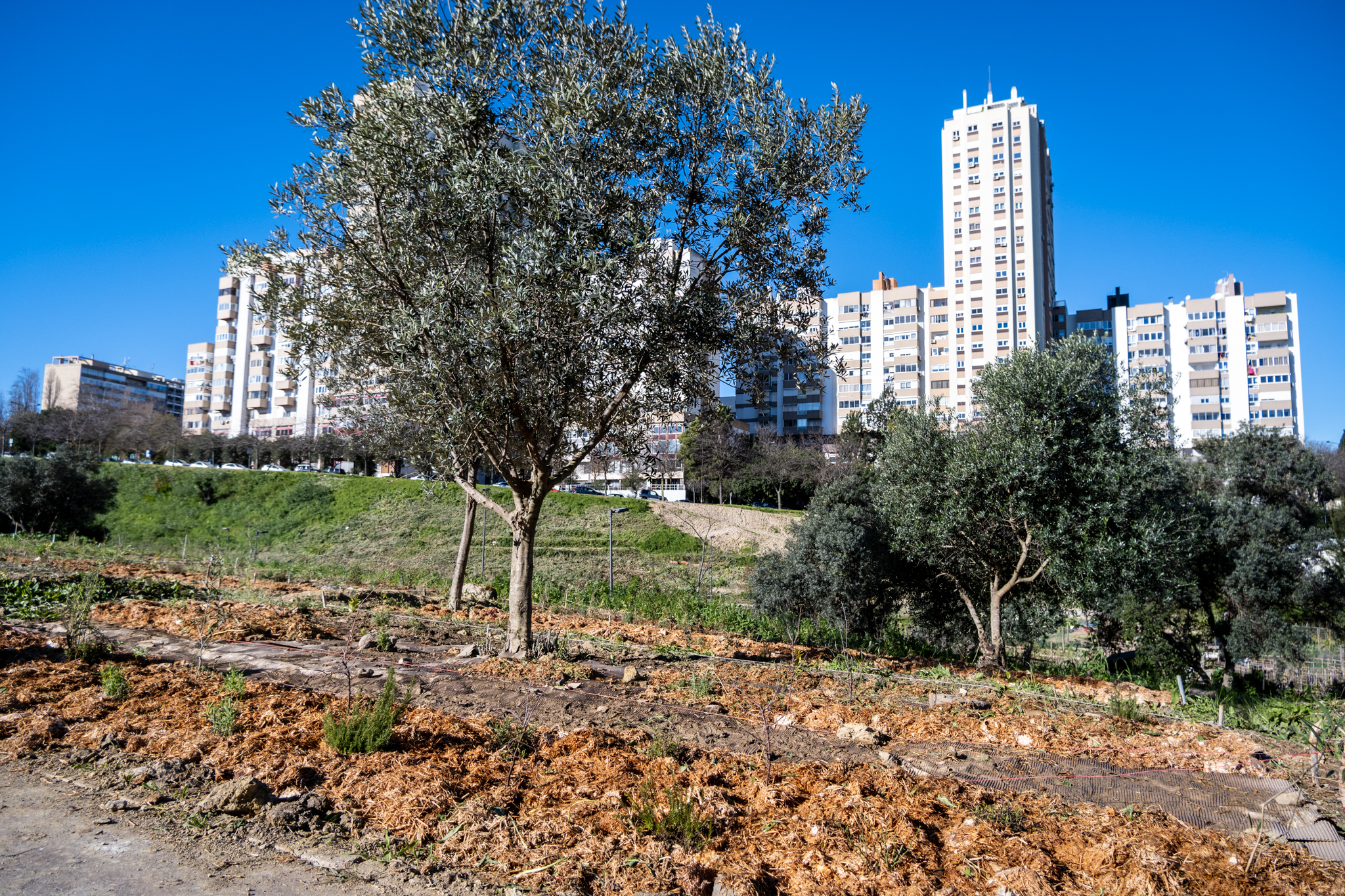
I returned two weeks later to see the state of what I had planted but also for new tasks. We improved some water trenches, created and covered a new pond, and planted more trees near the future "entrance" to the forest (this time I already taught the other volunteers a few things). We also did some maintenance and monitoring of the planted plots to avoid uncontrolled weed growth (the so-called weeding) - a task that will be necessary in the first few years until the forest becomes self-sufficient, which can take three to four years.
Finally, I cannot fail to mention the socializing part inherent in the project. Meeting people from different backgrounds, not only Portuguese but also American, Belgian, Canadian and Dutch, young and old, talking about their life experiences while digging and working the land, created a sense of community where within a short time of meeting each other we were all there for the same purpose.
I will certainly come back many more times.
If you want to participate, you can find out about upcoming planting actions and other mini-forest related activities here, on the Meetup Platform.

